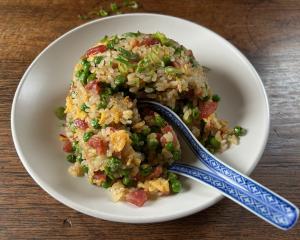Daniel Pfyl, hospitality management lecturer at Otago Polytechnic, shares some professional techniques to make your cooking easier.
Vegetables can be cut any way you want, but there are a number of traditional cuts with French names used in particular dishes and styles of cookery.
Chef Pfyl demonstrates with a carrot, but other vegetables, such as celery, leek or potato can be cut in the same way.
If you would like to request a particular technique, please let us know. Write to Trick of the trade, Editorial Features, Otago Daily Times, PO Box 181, Dunedin or email odt.features@odt.co.nz with trick of the trade in the subject line.
To check earlier Trick of the trade columns visit: http://www.odt.co.nz/news/tags/trick-tradeMore information on cooking from Otago Polytechnic can be found on www.otagocookeryl4.blogspot.com











